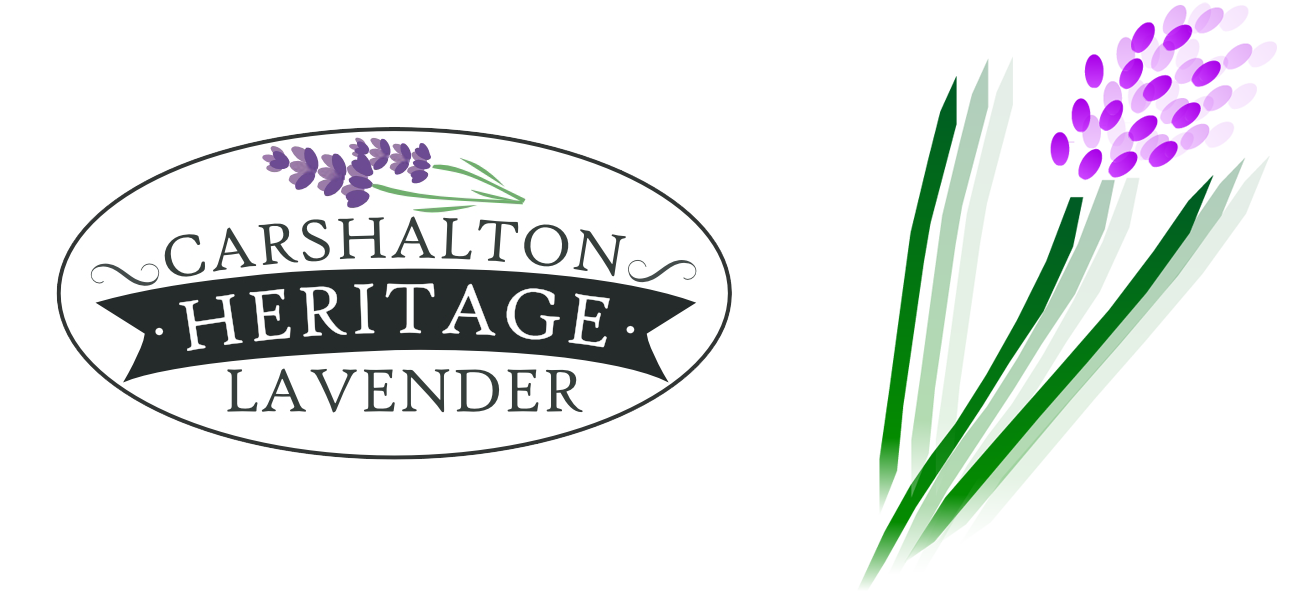A Guide to Lavender Essential Oil
Lavender has been used for centuries, and the essential oil has many uses. The oil is obtained by distillation from the flowers of the lavender plant. The chemical composition of lavender oil varies, depending on the variety of lavender and the altitude at which it is grown. We distil our own oil at Carshalton Lavender, and the process takes place over the summer months.
What can Lavender essential oil be used for?
Lavender essential oil can be used in its neat form on the skin – however this should not be done too often, and only using one or two drops. It is often diluted in a base oil such as sweet almond oil or grapeseed oil.
Lavender essential oil can be used in the treatment of:
- Wound care (antiseptic)
- Shock and stress (balancing)
- Burns and scalds (reduces pain)
- Acne
- Throat infections
- Coughs and colds
- Aches and pains
- Arthritis
- Insect bites and stings
- Sunburn
- Abscess
Lavender essential oil can also be used in the bath. Add a few drops of neat oil to the water, or dilute in base oil before adding (if you use base oil, be careful of slipping and ensure that the bath is thoroughly cleaned afterwards).
A few drops of lavender oil can be added to base lotions and creams to make scented body lotion or hand creams.
The essential oil can also be burned in a diffuser or on a lamp ring. You can also prepare a room spray – drops of oil shaken in water can be lightly sprayed in a room (but avoid polished surfaces).
What to check
Always ensure that you purchase ‘pure essential oil’. If you have any doubts about using essential oil (especially if you are thinking of using something other than lavender), please contact an aromatherapist for advice.
You should always take professional advice before using essential oils with babies or if you are pregnant.
Enjoy essential oils, they are wonderful, but do treat them with the respect they deserve.
